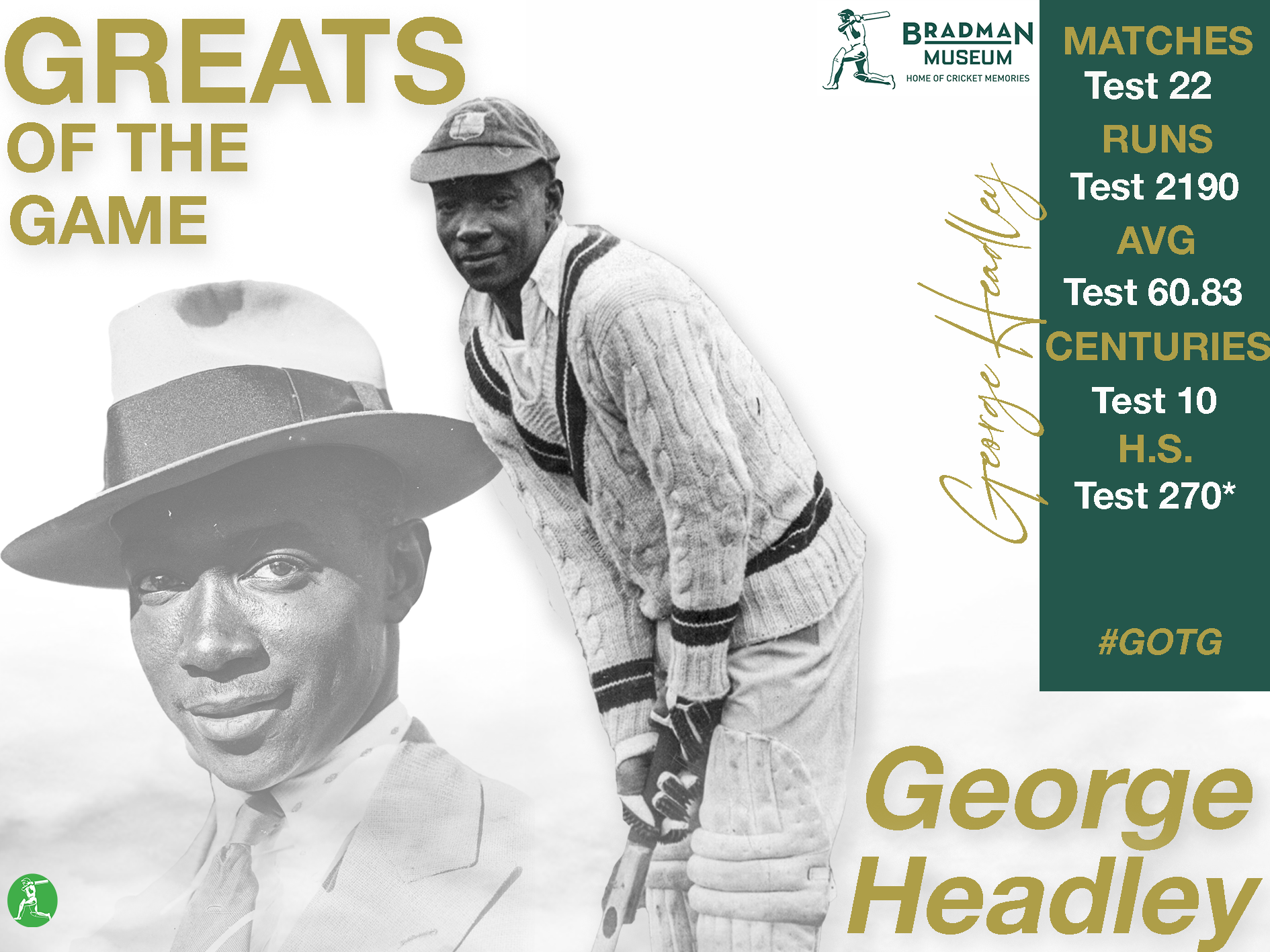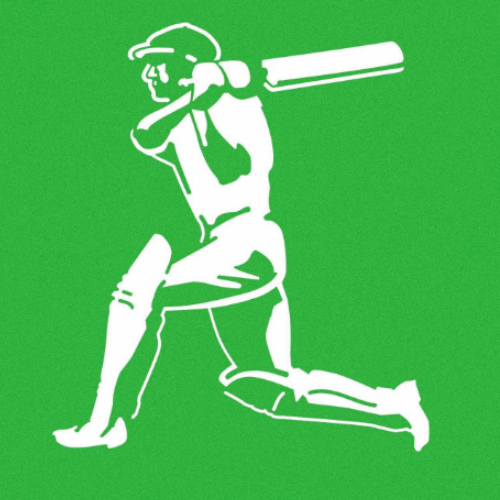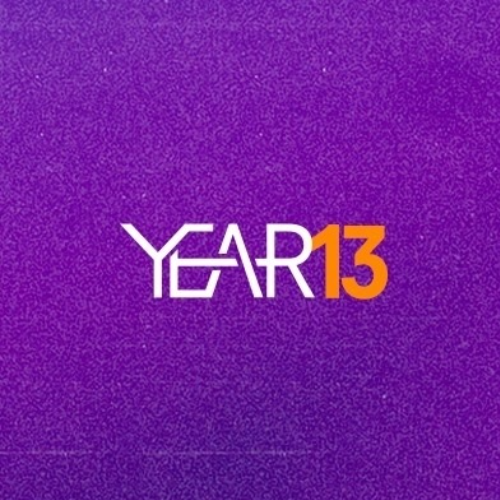West Indies
Batsman
D.O.B 30/05/1909
International Career 1930 – 1954
“For the time that he played, the impact he had, the range of stroke he had – it’s perfectly reasonable and dead right that George Headley is in the absolute echelon of the game” – Mark Nicholas
“He was very proud of the West Indies, and the West Indies should be very proud of him, because he put them on the map.” – David Frith
 A stunning record that put the West Indies on the map
A stunning record that put the West Indies on the map
Just two years after they entered the Test cricket fold in 1928, the West Indies found a hero. With unparalleled elegance at the wicket and an insatiable appetite for runs, George Headley carried his adopted cricketing nation for a decade – putting the West Indies on the cricketing map.
Born in Panama in 1909, Headley moved to Jamaica – the birthplace of his mother – to help him attain an English education. A bright and attentive student in his new home, Headley enjoyed his studies, but at the same time fell irrevocably in love with cricket. A budding batsman though he was, Headley was set to be lost to the game entirely; an American passport all that was standing between him and a career as a dentist in the US. Thankfully, a delay in the lodgement gave him the chance to represent Jamaica against a touring England side – the nineteen-year-old recording scores of 78 in the first match and 211 in the second.
Dentistry promptly lost a student.
Chosen to make his international debut for the West Indies a year later against England, Headley would quickly establish himself as one of the best players, not only of a generation, but in the history of the game. Topping the run-scoring charts in that debut series, with a mammoth 703 runs – including 176 on debut – his arrival heralded a new age for cricket in the Caribbean. Aside from the wealth of runs that he scored that summer, the cricketing world was captivated by Headley’s style; compact and beautifully balanced, he boasted an unlimited range of strokes – all of which he played with expert precision.
How appropriate that the West Indies would win their first ever Test match – the third of that England series – with Headley in the team. His value to the side was only underscored in the decade that followed; Gideon Haigh asserted his importance – “Headley was the first West Indian picked everywhere; the other ten players were almost an irrelevance,” he said. Astonishing for its accuracy, Headley’s dominance never wavered for the duration of his 22 Test career.
Highest scorer for his side on 15 occasions – a rate better than Bradman – he earned the moniker of “Atlas” – for he carried the weight of the West Indies batting on his shoulders. Resolute, he maintained West Indian pride in an era where those around him would frequently crumble. David Frith contends that for this reason, he ought to be considered on par with Bradman, observing that “he batted almost alone in that West Indies side, where Sir Donald had wonderful back up,” he said.
Indeed, he is famed for never having endured an extended dry spell; across all series played in the 1930’s, he made at least one century in each. Scoring an avalanche of runs at every level with an ease and grace unmatched, he became the first West Indian to make a Test century in England, before scoring a century in each innings at Lord’s in 1939.
Headley made it look easy at the crease. (Bradman Archives)
While the War soon put cricket on hold, he did return in the post-war years, when he was selected to captain the West Indies against England in 1948. No longer the player he had been, Headley had already left an indelible mark on the game, ‘Black Bradman’ retiring as one of the greatest batsmen of all time.
Headlining any list of great West Indian players, he paved the way for the likes of Sobers, Richards and Lara – establishing the Caribbean as a force in the cricketing world.
BY THE NUMBERS:

Join the cricket network to promote your business and expertise. Make it easy for people to search and find the people and services they need through people they know and trust.
Join the network







